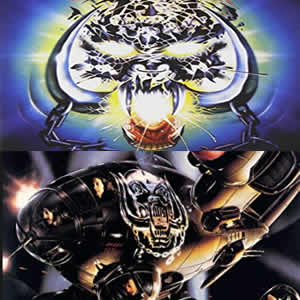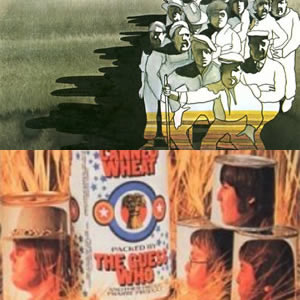Motörhead’s 1979 albums
Buy Overkill Buy Bomber During the year 1979, Motörhead released their second and third albums, Overkill and Bomber, two records that put this hard rock trio on the map. Overkill was an unexpected […]

Buy Overkill Buy Bomber During the year 1979, Motörhead released their second and third albums, Overkill and Bomber, two records that put this hard rock trio on the map. Overkill was an unexpected […]

Buy Supernatural The amazing thing about Supernatural is how popular and commercially successful it became in spite of its plethora of styles, multiple lead vocalists and bi-lingual lyrical content. Released in 1999, this […]

Buy Wheatfield Soul Buy Canned Wheat Although the group was already over a decade old and had already released three albums, the pop career of The Guess Who really got underway with the […]